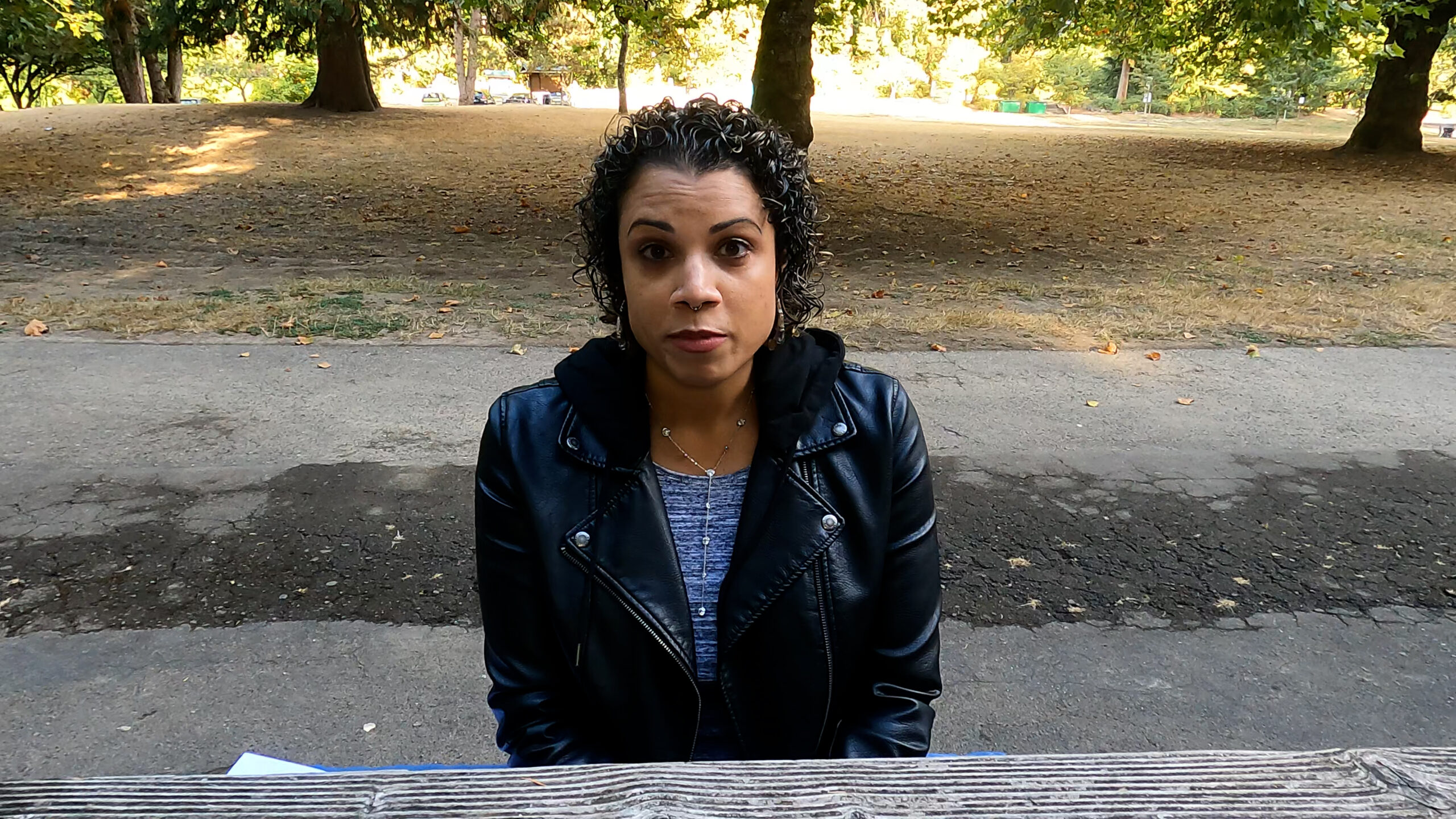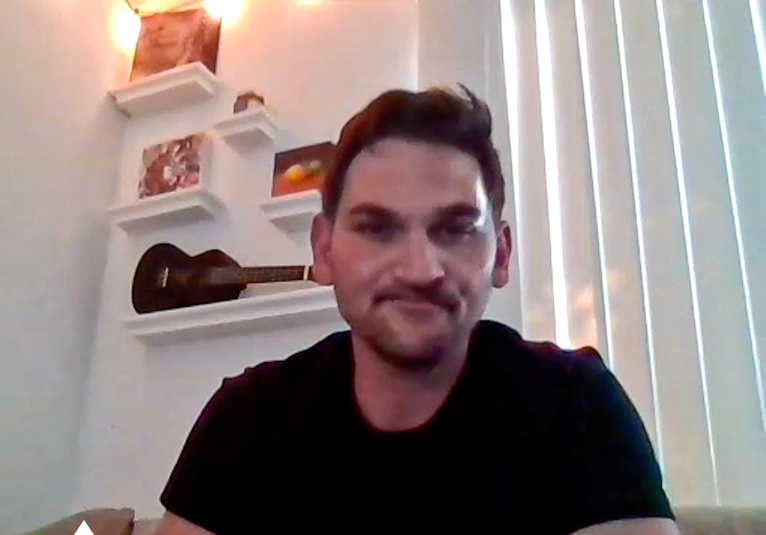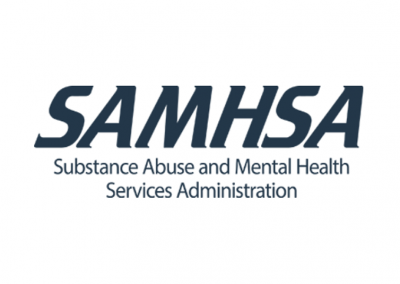Jessica D Dealing with Post Traumatic Stress
Hi. My name is Jessica, and I’m a licensed therapist who provides trauma focus counseling to children through adults in the greater King County area. And today I’d like to talk about trauma. Trauma is something that I treat with the patients I work with, but it’s also something that I’ve directly witnessed in my day to day life. So I wanted to provide some tips and tricks for persons who may have recently experienced or directly witnessed a traumatic life event to help them from developing post traumatic stress disorder.
Post traumatic stress is very normal to experience after a traumatic life event. Normally, PTS will get better over time through things that we do naturally, but there are things that we can do to kind of get ahead of it so that we can limit the risk of developing post traumatic stress disorder. After we experience or witness a traumatic life event, it’s common to experience specific types of symptoms. When we look at post traumatic stress as therapists, we look at it in four different areas of symptoms.
The first one is called intrusion, which is like triggering, which I think people hear others use that term quite often. Triggering is when we come across things that remind us of the traumatic life event. Sites, sounds, smells, people, music, even if someone touches their body. Sensations can be triggering, and it often leads that person to experience really intense emotions or further memories of what happened to them. Other intrusion symptoms are things like flashbacks and nightmares about their traumatic experience.
Another set of symptoms that patients tend to experience is called arousal, which is kind of like anxiety when we’re a bit more on edge, nervous, very safety oriented, may have more of a startle response. Patients may have a hard time focusing and concentrating, may have a hard time falling or staying asleep at night or may find themselves a little bit more irritable or quicker to anger with other people around them. The last two symptoms are thought and mood changes and avoidance.
Thought and mood changes can look a lot like depression. People might find themselves not engaging in their usual day-to-day activities, hobbies, or interests. They may isolate themselves from family or friends and spend more time by themselves. They may find themselves feeling depressed, sad, down or hopeless about the future.
What’s unique to post traumatic stress and post traumatic stress disorder are the thoughts that we have about ourselves in relation to the event we experienced. Sometimes people notice thoughts like the world is not safe, I can’t trust other people, there’s something wrong with me, I did something wrong. So a focus on self blame, guilt and shame are very prevalent with post traumatic stress within thoughts and mood.
Lastly, is avoidance. People may notice that they tend to avoid persons, places or things that remind them of the traumatic event. They may also avoid thoughts, feelings, and memories of the traumatic event. Those are the four different types of symptoms one can experience with post traumatic stress as well as post traumatic stress disorder.










